Recipes
Can I substitute Sesame Oil with Any Other Oil? 7 Sesame Oil Replacements
Table of Contents
About Sesame and Sesame Oil:
Sesame (/ˈsɛzəmiː/ or /ˈsɛsəmiː/; Sesamum indicum) is a flowering plant in the genus Sesamum, also called benne. Numerous wild relatives occur in Africa and a smaller number in India. It is widely naturalized in tropical regions around the world and is cultivated for its edible seeds, which grow in pods. World production in 2018 was 6 million tonnes, with Sudan, Myanmar, and India as the largest producers.
Sesame seed is one of the oldest oilseed crops known, domesticated well over 3000 years ago. Sesamum has many other species, most being wild and native to sub-Saharan Africa. S. indicum, the cultivated type, originated in India. It tolerates drought conditions well, growing where other crops fail. Sesame has one of the highest oil contents of any seed. With a rich, nutty flavor, it is a common ingredient in cuisines across the world. Like other seeds and foods, it can trigger allergic reactions in some people.
Etymology
The word “sesame” is from Latin sesamum and Greek sēsamon; which in turn are derived from ancient Semitic languages, e.g., Akkadian šamaššamu. From these roots, words with the generalized meaning “oil, liquid fat” were derived.
The word “benne” was first recorded to be used in English in 1769 and comes from Gullah benne which itself derives from Malinke bĕne.
Origins and history
Sesame seed is considered to be the oldest oilseed crop known to humanity. The genus has many species, and most are wild. Most wild species of the genus Sesamum are native to sub-Saharan Africa. S. indicum, the cultivated type, originated in India.
Archaeological remnants suggest sesame was first domesticated in the Indian subcontinent dating to 5500 years ago. Charred remains of sesame recovered from archeological excavations have been dated to 3500-3050 BC. Fuller claims trading of sesame between Mesopotamia and the Indian subcontinent occurred by 2000 BC. It is possible that the Indus Valley Civilization exported sesame oil to Mesopotamia, where it was known as ilu in Sumerian and ellu in Akkadian.
Some reports claim sesame was cultivated in Egypt during the Ptolemaic period, while others suggest the New Kingdom. Egyptians called it sesemt, and it is included in the list of medicinal drugs in the scrolls of the Ebers Papyrus dated to be over 3600 years old. Excavations of King Tutankhamen uncovered baskets of sesame among other grave goods, suggesting that sesame was present in Egypt by 1350 BC. Archeological reports indicate that sesame was grown and pressed to extract oil at least 2750 years ago in the empire of Urartu. Others believe it may have originated in Ethiopia.
The historic origin of sesame was favored by its ability to grow in areas that do not support the growth of other crops. It is also a robust crop that needs little farming support—it grows in drought conditions, in high heat, with residual moisture in soil after monsoons are gone or even when rains fail or when rains are excessive. It was a crop that could be grown by subsistence farmers at the edge of deserts, where no other crops grow. Sesame has been called a survivor crop.
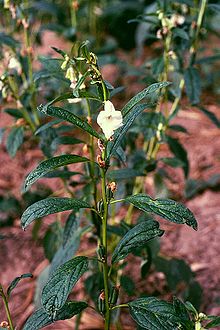
A Chinese proverb: “Collect a sesame seed to lose a watermelon”
It may seem small to talk about sesame seeds, but the oil extracted from them ranks much higher.
In fact, it has become a household name in Asian kitchens,
But what if you can’t find it?
Do not worry! We have a solution with 7 alternatives that will not spoil the taste of your kitchen.
So, let’s go and explore sesame oil substitutes. But before that, a little introduction.
What is Sesame Oil?
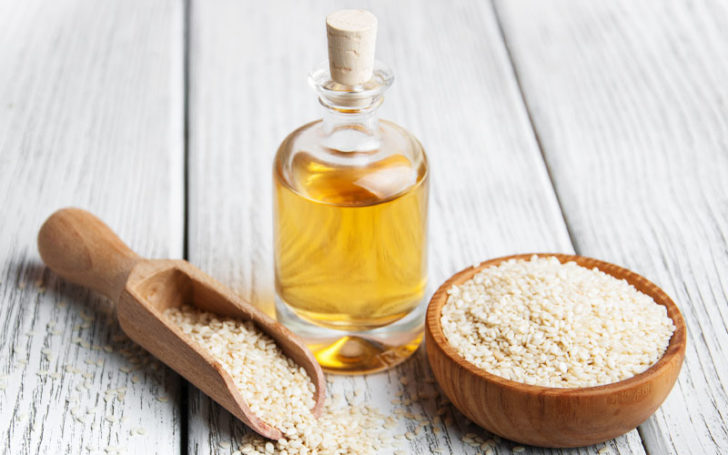
Sesame oil is another vegetable oil derived from sesame seeds, used for cooking and as a flavor enhancer.
It has a flavored nutty flavor and is rich in healthy fats. The possible reason for the limited series production is the prevalence of inefficient manual processes still practiced today.
Sesame Oil Varieties
Below are the three main types of sesame oil available on the market and how you should use each.
1. Dark or Roasted or Toasted Sesame Oil
The darker version of sesame oil is obtained from roasted sesame seeds, so its color is even darker than cold-pressed sesame oil.
That is why it is also called black sesame oil.
It is not recommended for deep frying as it has a lower smoke point and intense aroma.
Instead, it should ideally be used for stir-frying meats and vegetables and in flavorings such as salad dressings or sauces.
2. Light Sesame Oil
Unlike dark sesame oil, this is extracted from raw sesame.
Its high smoke point (230°C max) is ideal for deep frying or longer cooking.
A light yellow with a low earthy walnut flavor is common in many Asian cuisines, such as Crispy Sesame Chicken.
3. Cold-Pressed Sesame Oil
Unlike the others, the cold press method is a mechanical process in which the oil is obtained without exposing the seeds of the sesame seeds to high temperatures.
Therefore, the oil can retain most of the nutrients lost in the extraction process.
Cold pressed sesame oil is used not only for cooking but for many other purposes as well.
It is used as an anti-aging agent for the skin, as natural preservatives for pickles due to its antimicrobial properties, etc.
Health Benefits of Sesame Oil
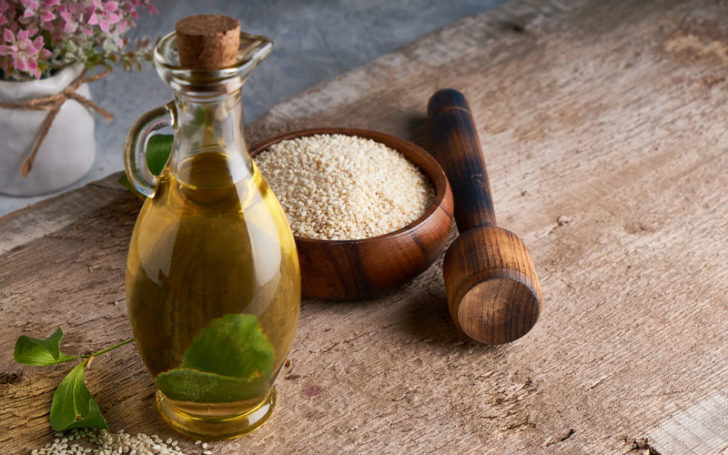
- Being rich in copper, magnesium, zinc and calcium, it works against inflammation and arthritis.
- Being rich in antioxidants makes it ideal for use in beauty treatments for acne scars.
- Studies show that when consumed as cooking oil, it lowers blood pressure.
- It is one of the highest sources of unsaturated fats, according to US Department of Agriculture statistics.
- Gargling with sesame oil helps remove plaque and other diseases in the mouth.
- It helps reduce anxiety, as proven by one study, as it aids in the production of serotonin, a natural mood stabilizer.
Why do we need to Substitute Sesame Oil?
Replacing sesame oil with the closest alternatives is because you have a sesame oil allergy or it is not available.
Replacing one oil with another is a bit easier, as is replacing peanut oil with alternatives.
However, substituting vegetables sometimes changes the flavor significantly, as in the case of marjoram.
Possible Sesame Oil Substitutes
What can I substitute for sesame oil? Below, we have mentioned 7 oils that can be used as an alternative to sesame oil without thinking.
So, let’s get to know each one in detail so that you can make the best choice.
1. Perilla Oil
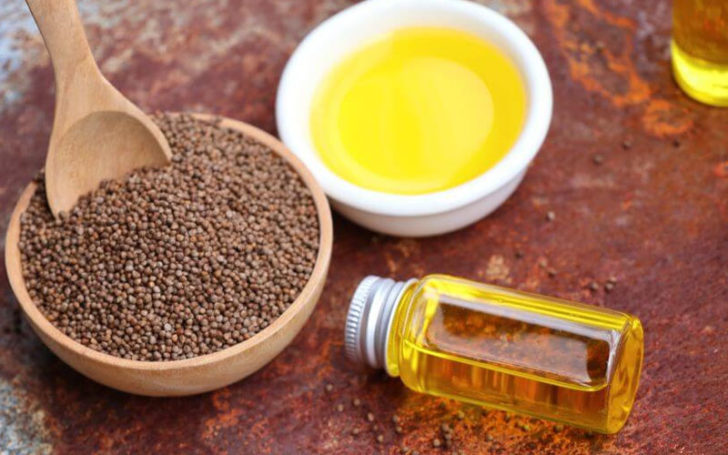
Perilla Oil is the hazelnut oil obtained from the seeds of Perilla frutescens after roasting.
It is known as the best alternative to sesame oil, it is the oil that will not spoil the taste of your recipe.
With a smoke point of 189°C, perilla oil is also considered a good sesame oil substitute for Lo Mein.
Why Perilla Oil?
- It is rich in Omega-3 oil (54-64%), Omega-6 (14%) and Omega-9.
- The presence of the aforementioned polyunsaturated fats in Perilla oil protects us from certain diseases such as cancer, heart diseases, inflammation and arthritis.
Nutrition Facts Comparison
Perilla Oil (100g) | Sesame Oil (100g) | |
| Energy | 3700KJ | 3700 KJ |
| Saturated Fats | Up to 10g | 14g |
| Monounsaturated Fats | Up to 22g | 39g |
| Polyunsaturated | Up to 86g | 41g |
Taste of Perilla Oil
Nutty and bold flavor
Using Perilla Oil in Dishes
Sauteing, cooking and dressing. Mostly Soba Noodles, Tteokbokki, etc. It is used in Korean cuisine.
2. Olive Oil
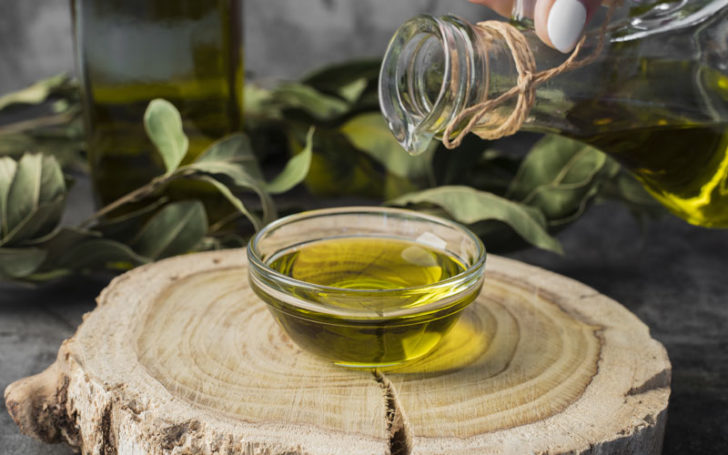
If you are a health-conscious folk, olive oil is the best sesame oil alternative you would prefer.
Its health benefits have made it so popular that it is available today in more than three types or qualities.
That is virgin, Extra virgin, and the refined one.
Roasted sesame oil can best be replaced with refined olive oil, while extra virgin and extra virgin olive oil can easily replace cold pressed sesame oil.
It is also considered the best sesame oil substitute for fried rice.
Why Olive Oil?
- Olive oil is rich in antioxidants
- Rich in health or monounsaturated fats: 73g in 100g olive oil
- Has anti-inflammatory properties
- Extremely low cholesterol helps prevent heart disease and strokes
Nutrition Facts Comparison
Olive Oil (100g) | Sesame Oil (100g) | |
| Energy | 3700KJ | 3700 KJ |
| Saturated Fats | 14g | 14g |
| Monounsaturated Fats | 73g | 39g |
| Polyunsaturated | 11g | 41g |
Taste of Olive Oil
Extra virgin olive oil has a slightly tangy or spicy flavor that indicates it is rich in antioxidants.
Using Olive Oil in Dishes
While virgin and extra virgin are mostly used in sauces and sautéing, refined olive oil can be used in high and low temperature cooking.
3. Peanut Oil

Peanut oil is the closest sesame oil substitute for dumplings, especially Chinese dumplings.
Peanut oil is a vegetable oil obtained from peanuts and is widely used in China, America, Asia, especially Southeast Asian countries.
The unique feature of this oil is its high smoke point of 232°C, higher than any other vegetable oil.
Roasted sesame oil is the best roasted peanut oil etc. can be replaced with
Why peanut Oil?
- Regular use of peanut oil helps reduce the risk of heart disease, thanks to the abundance of unsaturated fats in it.
- Some studies have shown that people with diabetes improve significantly by regularly taking peanut oil in their diet.
- Taking just one tablespoon of peanut oil in any form will provide 11% of the daily recommended intake of vitamin E, which helps boost immune responses in humans.
Nutrition Facts Comparison
Peanut Oil (100g) | Sesame Oil (100g) | |
| Energy | 3700KJ | 3700 KJ |
| Saturated Fats | 17g | 14g |
| Monounsaturated Fats | 46g | 39g |
| Polyunsaturated | 32g | 41g |
Taste of Peanut Oil
It ranges from a slightly neutral flavor to slightly nutty, with a roasted version with the strongest flavor.
Using Peanut Oil in Dishes
Used for sautéing, frying, adding flavor
4. Walnut Oil
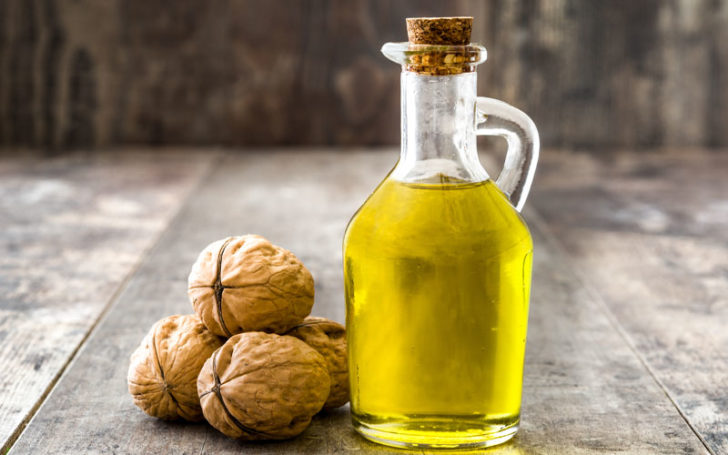
Walnuts are another alternative to sesame oil because of its rich and nutty flavor – best served at room temperature to avoid mild bitterness.
Walnut oil, which has a very low smoke point of 160°C, is why it is unsuitable for high temperature cooking.
Why Walnut Oil?
- Thanks to the presence of omega-3 fatty acids, it supports skin health in many ways.
- To have polyunsaturated fats improve blood sugar level, blood pressure and cholesterol level.
Nutrition Facts Comparison
| Walnut Oil (100g) | Sesame Oil (100g) | |
| Energy | 3700KJ | 3700 KJ |
| Saturated Fats | 9g | 14g |
| Monounsaturated Fats | 23g | 39g |
| Polyunsaturated | 63g | 41g |
Taste of Walnut Oil
Nutty flavor
Using Walnut Oil in dishes
Not recommended for frying, but perfect for salad dressings.
For flavoring steak, fish and pasta
5. Canola Oil
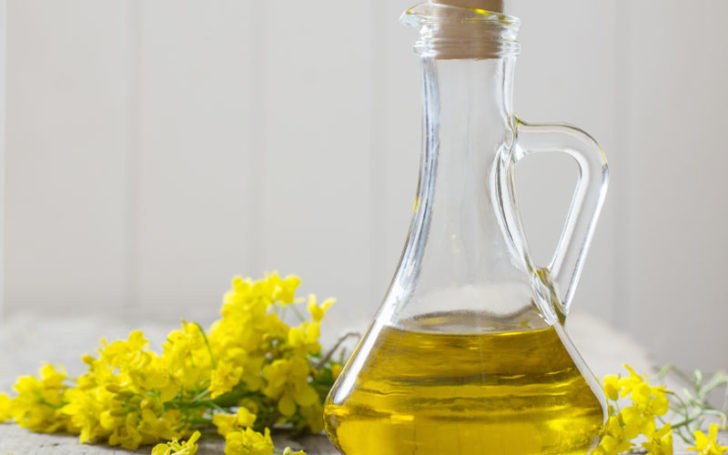
It’s also a great alternative to sesame oil, with many proven health benefits. It has essential Omega-3 found in fish and Lenolied acid called omega-6.
It is more beneficial when used without heating, as it retains most of the fatty acids that are good for the circulatory system.
Besides having a high smoke temperature of 204°C, its aroma is not that strong.
Why Canola Oil?
- Contains significant amounts of phytosterols that reduce cholesterol absorption
- It is rich in vitamin E, which protects the body from free radical damage, heart disease and cancer.
- It has the lowest amount of trans or saturated fats, often referred to as bad fats.
- It is rich in good fats like omega-3. Both of these help prevent certain heart-related diseases and strokes by lowering bad cholesterol.
Nutrition Facts Comparison
| Canola Oil (100g) | Sesame Oil (100g) | |
| Energy | 3700KJ | 3700 KJ |
| Saturated Fats | 8g | 14g |
| Monounsaturated Fats | 61g | 39g |
| Polyunsaturated | 26g | 41g |
Taste of Canola Oil
Canola oil has a neutral flavor and this is what makes it a favorite of most cooks.
Using Canola Oil in dishes
- Grill due to its high smoke point
- Used in bakery due to its mild taste
- salad dressing
6. Avocado Oil

If you’re trying a sesame oil recipe but want less nutty flavor, Avocado is a good alternative.
The avocado pulp is squeezed out.
Unlike sesame, it has an earthy and grassy flavor, which diminishes when used in cooking.
Its high smoke point of 271°C allows it to be used for cooking at high temperatures.
Why Avocado Oil?
- It is rich in Oleic acid, which improves heart health by affecting cholesterol levels.
- The presence of Lutein, an antioxidant, prevents some eye diseases.
- Heals the skin and promotes the healing of wounds
Nutrition Facts Comparison
Avocado Oil (100g) | Sesame Oil (100g) | |
| Energy | 3700KJ | 3700 KJ |
| Saturated Fats | 12g | 14g |
| Monounsaturated Fats | 71g | 39g |
| Polyunsaturated | 13g | 41g |
Taste of Avocado Oil
Slightly grassy with a slight Avocado flavor, but more neutral than olive oil when cooked
Using Avocado oil in dishes
Grilled, sauteed and salad dressings.
7. Tahini Paste
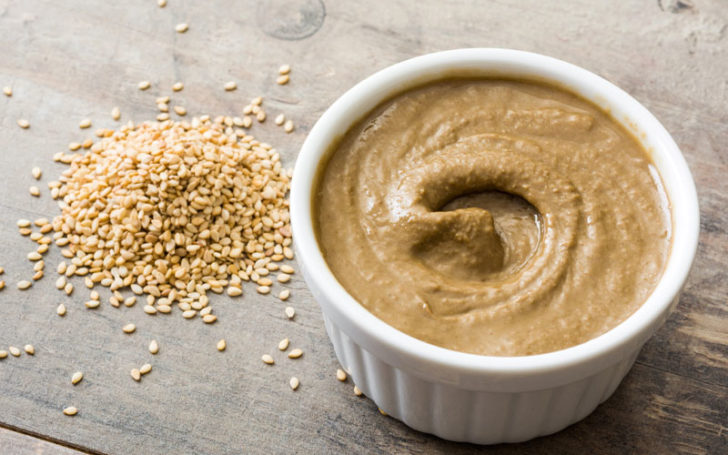
Another substitute for sesame oil is Tahini.
Tahini is well known in the Middle East because popular dishes like Hummus would be incomplete without it.
Although this paste is made from sesame itself, the reason it can be used as a substitute is because of all the different flavor it develops after it becomes a paste.
If your recipe does not require cooking or frying, Tahini is the best solution as a sesame oil alternative.
Why Tahini Paste?
- Packed with minerals, vitamins and unsaturated fats
- There are plenty of antioxidants
- Contains anti-inflammatory properties
- Strengthens your nervous system
Nutrition Facts Comparison
| Tahini Paste (100g) | Sesame Oil (100g) | |
| Energy | 3700KJ | 3700KJ |
| Saturated Fats | 8g | 14g |
| Monounsaturated Fats | 20g | 39g |
| Polyunsaturated | 24g | 41g |
Taste of Tahini Paste
Walnut, creamy and salty taste with a bitter tinge
Using Tahini paste in dishes
In sauces, marinades, salad dressings, etc. used.
fun fact
Sesame Street, the popular educational television show that started in the 1960s, had nothing to do with sesame. Instead, the name is derived from ‘Hungry, Sesame!’, the all-time famous magic spell mentioned in the Arabian Nights.
How to Make Toasted Sesame Oil from Regular Sesame Oil?
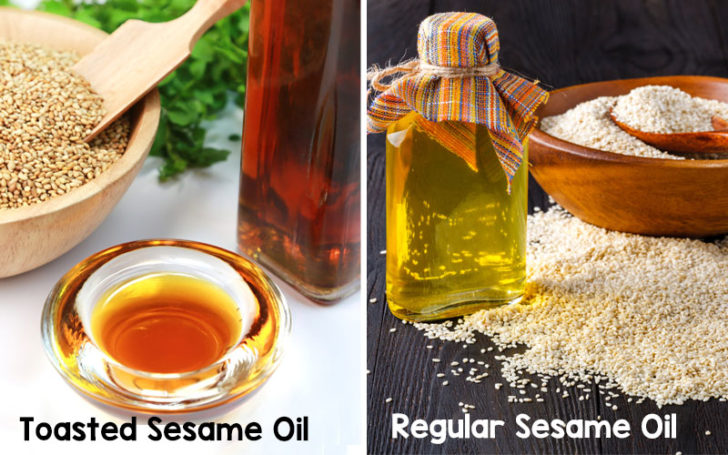
First, it is necessary to clear up the confusion.
And this mess
Commercially available roasted sesame oil is made from roasted sesame seeds before any oil is extracted.
We will tell you how you can make toasted sesame oil from regular sesame oil you already have.
So let’s get started.
Before we start, it’s worth mentioning using the latest appliances instead of doing the kitchen chores manually, as this not only increases work efficiency but also saves time.
Pour the required amount of sesame oil into a pan and heat it for a while.
When you see the dark color you want, take it off the stove and pour it into a bottle or container.
Homemade roasted sesame oil is ready!
Needless to say, the taste you will get with the above method will not match the taste of real toasted sesame oil sold in the market. Why?
Due to expertise, experience and, among other factors, the Standard Operating Procedures (SOPs) manufacturers follow.
Some people also recommend sesame oil instead of do-it-yourself sesame oil, but this is not a rational choice in our opinion.
Why?
Because when you are allergic to a food item, it is better to stay away from it, regardless of whether it is commercial or homemade.
Conclusion
Nutty, earthy, antioxidant-rich sesame oil can be easily replaced with seven different alternatives without spoiling its taste.
The only thing to keep in mind when replacing is the type you’re replacing – roasted versus roasted, unrefined, unrefined, cold pressed cold pressed, etc.
Have you tried replacing the sesame oil with any substitute? How different was the taste? Share it with us in the comments section below.
Also, don’t forget to pin/bookmark and visit our blog for more interesting but original information. (Vodka And Grape Juice)

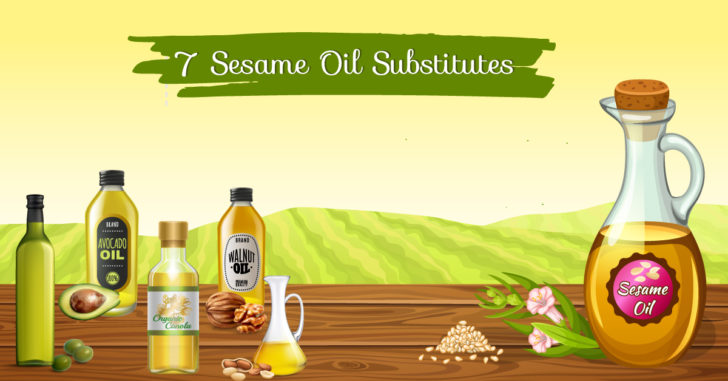
Thank’s for the information